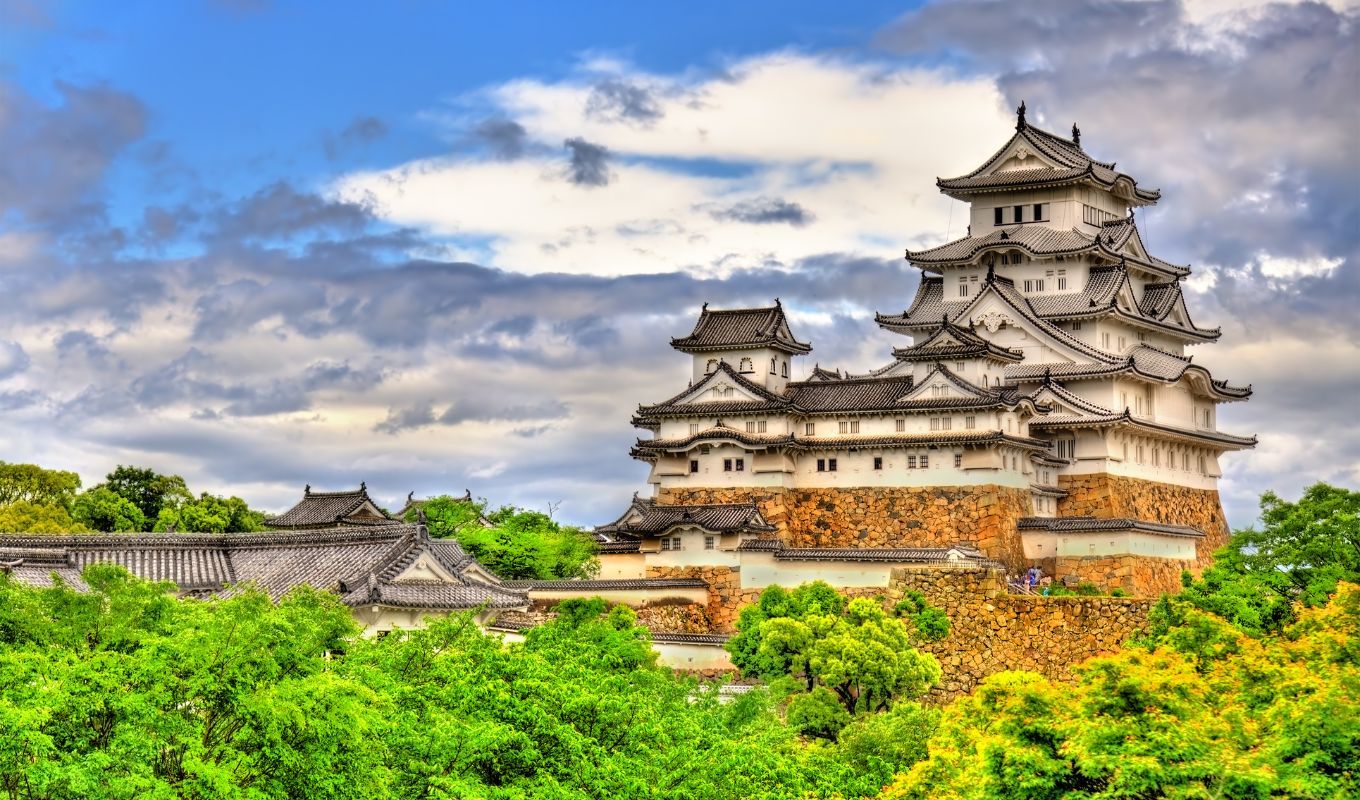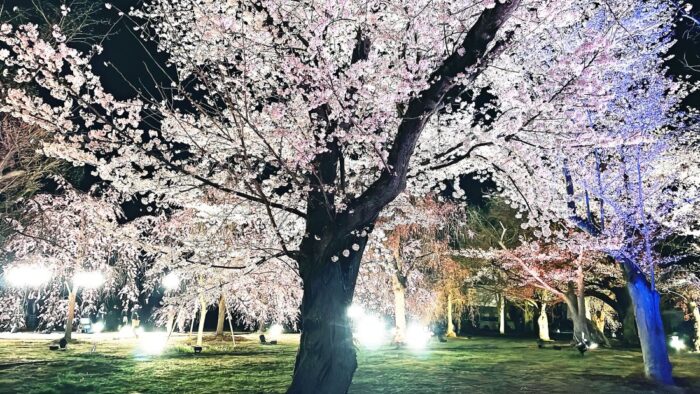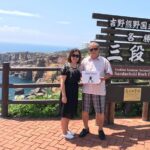Himeji Castle, also known as White Heron Castle, is a magnificent fortress located in Himeji, Hyogo, Japan. It is widely considered one of the most spectacular castles in Japan, known for its imposing size, beauty, and well-preserved complex castle grounds. The castle is both a national treasure and a world heritage site.
Constructed on a natural hilltop between 1581 and 1609 CE, the Himeji Castle complex is composed of a maze-like arrangement of fortified buildings, walls, and gates, with a six-storey tower keep at its center. The whole complex is surrounded by defensive walls and a double moat. The castle was of strategic importance to the Tokugawa shogunate due to its location along the western approach to the former capital of Kyoto.
History

Himeji Castle has a rich and fascinating history that spans over six centuries. The castle was originally built in 1346 by Akamatsu Sadanori as a fortification against local shoguns. After the emperor, Nobunaga Oda, took control of the castle in 1577, it was rebuilt and expanded into the magnificent structure that we see today.
Over the years, Himeji Castle played a significant role in Japanese history. During the Edo period, it served as a military base for the Tokugawa shogunate and was a center of political power. The castle was also used as a prison during the Meiji period, and many political prisoners were held there.
During World War II, Himeji Castle miraculously survived the bombings that destroyed many other Japanese castles. In 1950, the castle was designated as a national treasure, and in 1993, it was declared a UNESCO World Heritage Site.
Today, visitors from all over the world come to Himeji Castle to marvel at its beauty and learn about its fascinating history. The castle’s impressive architecture, intricate design, and rich history make it a must-visit destination for anyone interested in Japanese culture and history.
Architecture and Design
Himeji Castle is a masterpiece of Japanese castle architecture and design, with a maze-like arrangement of fortified buildings, walls, and gates. The castle was built on a natural hilltop between 1581 and 1609 CE, and it has a circumference of 2.6 miles. The complex spans 5,250 feet from east to west and 5,600 feet from north to west, making it one of the largest castles in Japan.
The castle’s main keep, also known as the central tower, is a six-story structure that stands at the center of the complex. The tower was designed to provide a commanding view of the surrounding landscape, and it was also used as a defensive stronghold. The tower is surrounded by smaller buildings, including living quarters, storage rooms, and guardhouses.
The castle’s design is not only aesthetically pleasing but also highly functional. The complex features highly developed systems of defense and ingenious protection devices dating from the beginning of the Shogun period. The castle’s walls, gates, and moats were designed to provide maximum protection against enemy attack.
The castle’s architecture is also notable for its use of wood and plaster. The castle’s wooden structure is supported by a network of wooden beams and columns, which were carefully crafted to withstand earthquakes and other natural disasters. The plaster walls were designed to provide insulation against the cold winter winds and to protect the wooden structure from fire.
In conclusion, Himeji Castle is a remarkable example of Japanese castle architecture and design, featuring a maze-like arrangement of fortified buildings, walls, and gates, and highly developed systems of defense and protection. Its wooden structure and plaster walls are not only aesthetically pleasing but also highly functional, providing protection against the elements and natural disasters.
Visiting Himeji Castle

Himeji Castle is one of the most popular tourist destinations in Japan, attracting millions of visitors each year. Here are a few things to keep in mind when planning your visit:
- Entrance fees: The entrance fee for adults is ¥1000 and for students is ¥300.
- Hours: The castle is open from 9 am to 5 pm, with the last entry at 4 pm.
- Crowds: The castle can get quite crowded, especially during peak tourist season. To avoid long lines, it’s best to arrive early in the morning or late in the afternoon.
When you arrive at the castle, you’ll enter through the Otemon Gate into the admission-free third bailey (Sannomaru). This area contains a large, cherry tree-lined lawn and is a popular spot for viewing cherry blossoms in early April.
If you plan to explore the paid area of the castle, which includes the main keep and other buildings, you’ll need to purchase a ticket at the ticket booth located at the far end of the bailey. The most common ticket is the “Common Ticket,” which includes entrance to the castle and Kokoen Garden next door. This ticket costs ¥1,040 yen as of August 2018.
It’s important to note that visitors are not allowed to wear shoes inside the castle, and must remove them before entering. Additionally, photography is not allowed inside the castle.
Festivals and Events
Himeji Castle is not only a magnificent castle, but it is also a venue for various festivals and events throughout the year. Here are some of the most popular:
- Himeji Castle Festival: This festival is held for three days in May around Himeji Castle. The festival begins with Takigi Noh, a traditional Japanese musical drama performed by firelight. The festival also features historical parades, traditional dancing, and food stalls.
- Himeji Castle Cherry Blossom Viewing Festival: This festival is held in early April when the cherry blossoms are in full bloom. Visitors can enjoy the beautiful cherry blossoms while strolling around the castle grounds. There are also food stalls and performances of traditional Japanese music and dance.
- Oshiro Matsuri: This festival takes place in early August and includes a large parade from the base of Himeji Castle. The parade incorporates lots of dancing and is a great opportunity to experience Japanese culture.
If you are planning to visit Himeji Castle, it is worth checking if there are any festivals or events taking place during your visit. Attending a festival or event can enhance your experience and provide you with a unique insight into Japanese culture.
Interesting Facts
Himeji Castle is a fascinating historical site with a rich history and several interesting facts. Here are some of the most intriguing facts about this Japanese castle complex:
- Himeji Castle is also known as the “White Heron Castle” due to its resemblance to a white heron in flight.
- The castle was built in 1346 and is one of the oldest surviving castles in Japan.
- Himeji Castle was designated as a UNESCO World Heritage Site in 1993.
- The castle has survived numerous natural disasters, including earthquakes and typhoons, as well as wars and battles.
The castle’s unique architecture is also noteworthy. The castle features a complex system of defensive measures, including a maze of narrow passages, hidden rooms, and trapdoors, designed to confuse and trap intruders. The castle also has a sophisticated water system that allowed defenders to flood the castle’s moats and prevent attackers from crossing.
Another interesting fact about Himeji Castle is that it has been featured in several films and television shows, including the James Bond film “You Only Live Twice” and the Japanese film “Ran.”
Finally, visitors to Himeji Castle can enjoy stunning views of the surrounding city and countryside from the top of the castle’s main tower. The tower, which stands at 46 meters tall, offers panoramic views of the surrounding area and is a must-see attraction for visitors to Himeji Castle.





